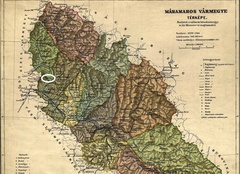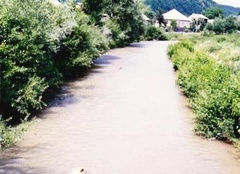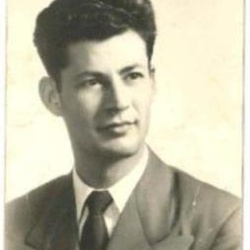Lipca
Pronounced “Leep-chah” (Ukrainian: Липча / Lypcha, Hungarian: Lipcse, Yiddish: ליפשא / Lipsha)
The village of Lipča is located in the historic region of Subcarpathian Ruthenia, an ethnically mixed area once inhabited by groups of Hungarians, Ukrainians, Slovakians and Romanians among others. Jewish settlers lived in the area since at least the 1600s, a time when it belonged to the Hungarian monarchy. Many Jewish refugees arrived fleeing massacres in Poland and Ukraine.
Twelve Jews were counted in Lipča by 1768, a population that grew to 86 by 1830 and reached about 260 in 1880. Most of the Jewish families in Subcarpathian Ruthenia earned a living in rural occupations, for example as fruit growers or sheep herders. They usually spoke the Jewish language of Yiddish at home and used the local language of Rusyn (related to Ukrainian) with their non-Jewish neighbors.
Around the 1890s a new wave of Jewish immigrants came to Subcarpathian Ruthenia as they fled antisemitic violence farther east. Rather than agricultural work, the recent arrivals often opened businesses such as inns and small shops. Many were accused of unfair pricing and in 1897 a biased government report blamed Jews for region’s economic struggles.
By 1910, about 66,000 Jews lived in Lipča and the surrounding county of Máramaros. Jews made up roughly 18 percent of the total population of the county, then part of the Austro-Hungarian Empire. (The capital of the county, Sighet, was the birthplace of Nobel Laureate Elie Wiesel.) Notably, the region was one of few throughout Europe spared from anti-Jewish pogroms up to this point in its history.
After World War I (1914-1918) the Austro-Hungarian Empire dissolved and Lipča became part of the new state of Czechoslovakia. The new democratic state recognized Jews as a national minority. Throughout the 1920s, increasing numbers of Jewish children attended state public schools rather than Hebrew-language ones. Within the region, a division developed between Jews who followed more traditional Hasidic practices and those who supported the Zionist movement for an independent Jewish state.
Survivor Sam Markowitz remembered that his family followed traditional Orthodox practices and spoke the Jewish language of Yiddish at home. His father earned a living as a tailor, while other Jews in the community worked as farmers, traders or craftsmen.
This relatively peaceful if humble existence was shattered when Nazi Germany dismantled the Czechoslovak state in March 1939. Lipča was annexed by Hungary and the roughly 500 Jews in the village were subjected to a number of antisemitic measures. Dozens of Jewish men from Lipča were conscripted into forced labor, working on wartime construction projects without adequate food, medicine or protection from cold weather.
In July 1941, tens of thousands of Jews from Subcarpathian Ruthenia were deported to Kamenets-Podolski in German-occupied Ukraine. There they were shot and killed by Nazi Einsatzgruppe units. After the massacre only 80 Jews remained in Lipča, less than 15 percent of the prewar population of more than 540.
Germany occupied Hungary in March 1944 and within weeks implemented a plan to deport the rest of the country’s Jewish population to the killing centers. On April 12, 1944, Hungarian authorities in Lipča stole Jews’ meager possessions before forcing them into a ghetto in a nearby town. The next month, all the ghetto’s inhabitants were deported to the killing center of Auschwitz-Birkenau.
After the war, Lipča and the surrounding region were incorporated into the Ukrainian Soviet Socialist Republic. The 30 or so Jews who survived World War II came back to find the Jewish community of their village destroyed. Most emigrated to other countries.
Lipca: Photographs & Artifacts
-
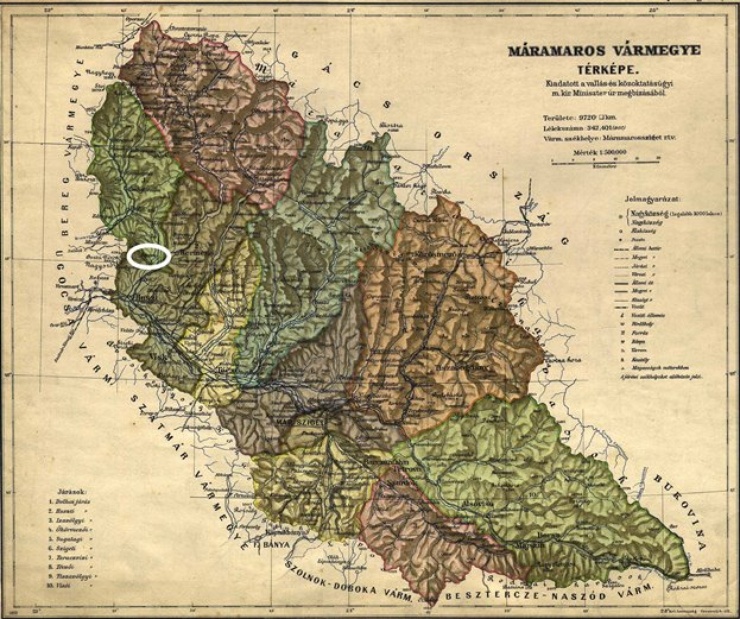 Before World War I (1914-1918), Lipča was part of Máramaros county in the Kingdom of Hungary, as seen in this map from 1910. Credit: Wikimedia Commons / Public Domain
Before World War I (1914-1918), Lipča was part of Máramaros county in the Kingdom of Hungary, as seen in this map from 1910. Credit: Wikimedia Commons / Public Domain -
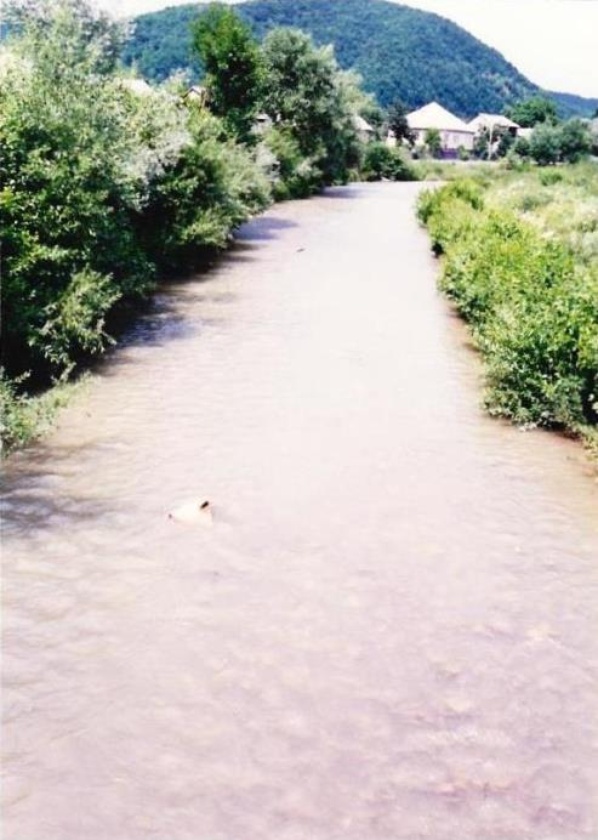 Lipča, ca. 1990s. Photo courtesy of the Markowitz family.
Lipča, ca. 1990s. Photo courtesy of the Markowitz family.
